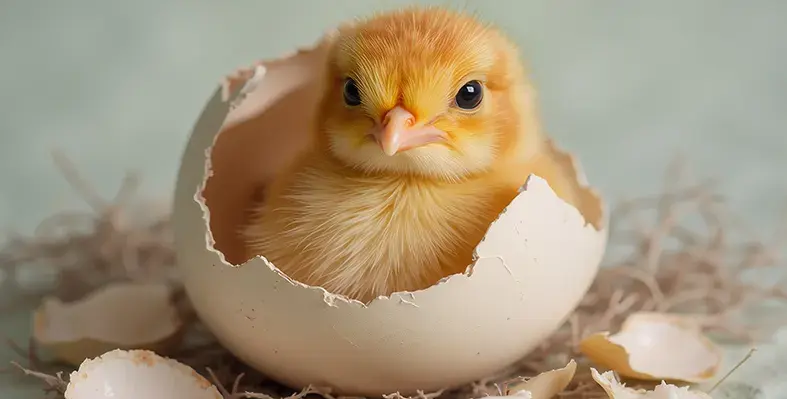In modern poultry production, the issue of runting—where chicks fail to grow properly—has become a growing concern with serious economic implications
A recent study titled “Evaluation of microbial diversity, economic implication and level of awareness of possible causes of runting leading to hatchery condemnation in a commercial poultry hatchery hub” explores the impact of microbial diversity in hatcheries and how it relates to both bird health and financial performance.
The research, led by Adebiyi, Adeyemo, and Batubo, highlights the complex role of microorganisms in hatchery environments. Some microbes benefit developing chicks by supporting immunity and competing against harmful pathogens. However, if harmful microbes dominate, they can cause serious health issues, including runting. Understanding this balance is essential in protecting bird health and maintaining efficient hatchery operations.
One of the most striking findings of the study is the low level of awareness among hatchery managers about the causes of runting. This lack of understanding makes hatcheries more vulnerable to microbial contamination, which can lead to hatchery condemnations, lost income, and weakened supply chains. The researchers stress the importance of better education and training for hatchery staff to prevent these problems before they start.
“Some recent work is showing that excess calcium can exacerbate disease and pathogen challenges,” one quote from related research explains—a reminder of how multiple factors can contribute to disease susceptibility.
Runting doesn't just affect the birds themselves. It leads to higher mortality rates, reduced hatchability, and ultimately, condemned batches that cost businesses money. The financial toll includes not only the cost of lost production but also corrective efforts and possible reputational damage. Quantifying these losses, the researchers provide a clear picture of why proactive microbial management is essential.
The study also highlights the importance of biosecurity measures in protecting hatcheries. Clean environments, routine monitoring, and preventive protocols are essential tools for keeping harmful microbes in check. By focusing on prevention rather than cure, hatchery operators can avoid the pitfalls of microbial imbalance.
Emerging technologies like high-throughput sequencing allow hatcheries to better identify both beneficial and harmful microbes in their systems. These tools open the door to targeted interventions, improving both animal welfare and economic performance.
The authors also call for a collaborative approach. Hatcheries, scientists, and animal health experts must work together to create shared standards and improve industry-wide practices. With better understanding, tools, and teamwork, the poultry sector can tackle runting and build a more sustainable and resilient future.





